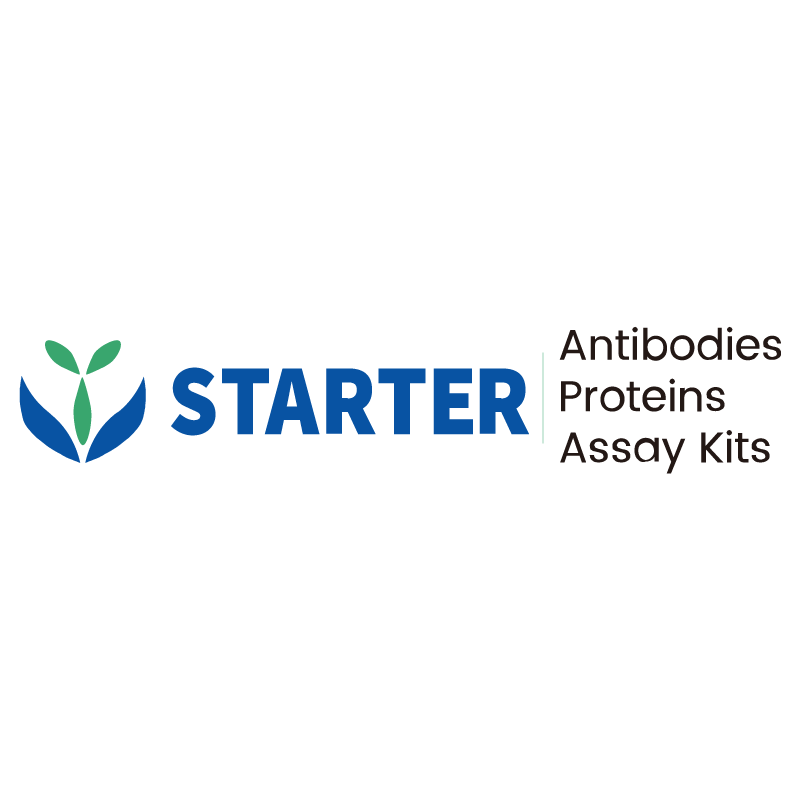2μg(R: reducing conditions)
Product Details
Product Details
Product Specification
| Species | Human |
| Synonyms | Proteinase-activated receptor 1, PAR-1, Coagulation factor II receptor, Thrombin receptor, F2R, CF2R, PAR1, TR |
| Accession | P25116 |
| Amino Acid Sequence | Protein sequence (P25116, Ser42-Thr102, with C-His tag) SFLLRNPNDKYEPFWEDEEKNESGLTEYRLVSINKSSPLQKQLPAFISEDASGYLTSSWLT |
| Expression System | HEK293 |
| Molecular Weight | Predicted MW: 8.8 kDa Observed MW: 15-26 kDa |
| Purity | >95% by SDS-PAGE |
| Endotoxin | <1EU/μg |
| Conjugation | Unconjugated |
| Tag | with C-His tag |
| Physical Appearance | Lyophilized powder |
| Storage Buffer | Lyophilized from a 0.2 μm filtered solution of 0.2M PBS, pH7.4 with 3% trehalose. |
| Reconstitution | Reconstitute no more than 1 mg/mL according to the size in deionized water after rapid centrifugation. |
| Stability & Storage | 12 months from date of receipt, -20 to -70 °C as supplied. |
Background
Protease-activated receptor 1 (PAR1), also known as thrombin receptor, is a member of the G-protein-coupled receptor (GPCR) family and a critical mediator of cellular responses to proteolytic enzymes, particularly thrombin. Activated by proteolytic cleavage at its N-terminal domain, PAR1 initiates signaling cascades via G proteins (e.g., Gαq/11, Gα12/13), regulating processes like platelet aggregation, vascular smooth muscle contraction, inflammation, and wound healing. Dysregulated PAR1 signaling is implicated in thrombosis, atherosclerosis, cancer cell migration, and fibrotic diseases.
Picture
Picture
SDS-PAGE


